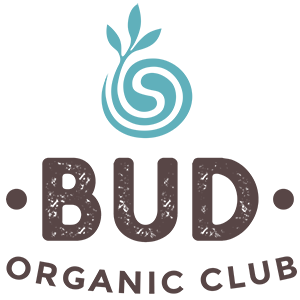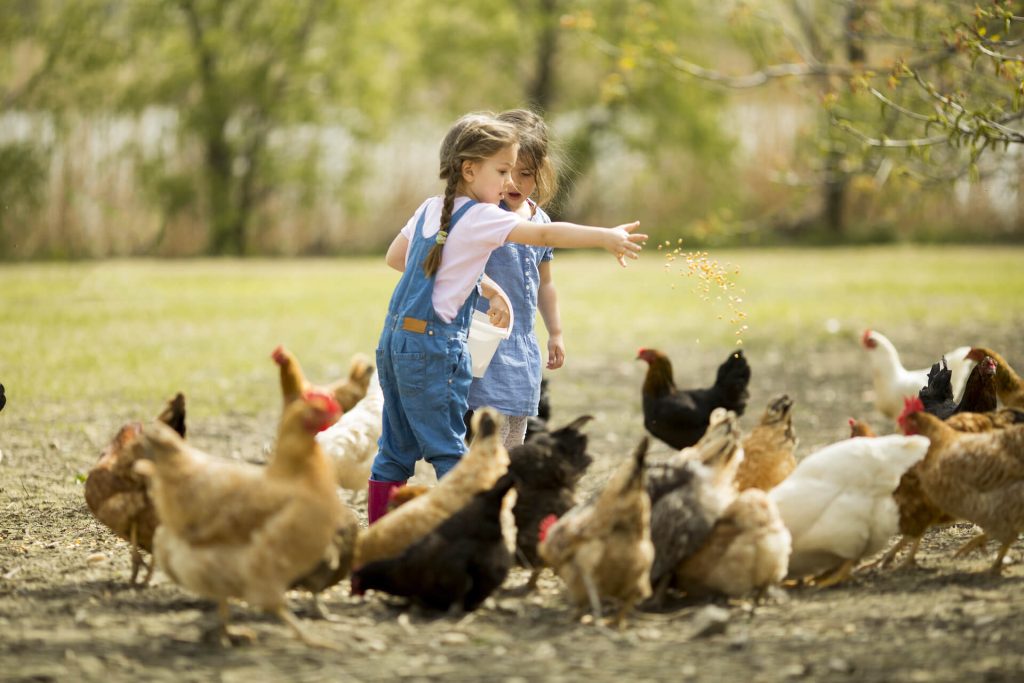When you buy organic animal feed, you choose to provide safe, nutritious food to your animals. Organic animal feed is grown with no added synthetic pesticides, herbicides, or fertilisers. Genetically Modified Organisms (GMOs), hormones, and antibiotics are also not allowed within organic farming systems, meaning your organic animal feed is free from them too!
No synthetic chemicals
In replacement of synthetic chemicals, organic farms use more natural methods to keep pests at bay and to encourage plant health and growth. Beneficial cover crops such as legumes (like clover, vetch, and lablab) are used to protect the soil from erosion and add nitrogen back into the soil in-between crop plantings. In contrast, most conventional farms add synthetic nitrogen which has higher chances of eutrophication in our waterways (i.e. algal blooms and dead zones) causing greenhouse gas emissions.1 Fast-release synthetic nitrogen fertilisers may also increase the risk of plant pests,2 meaning the farm would in turn would need to use more synthetic pesticides to combat them.
Animals are free range
Did you know that 80% of beef found in Australian supermarkets could be from feedlots? Feedlots are an example of intensive animal farming. They are generally used to fatten animals prior to slaughter by confining them to indoor or outdoor pens in large numbers – restricting their movement and controlling what they eat. Due to a high concentration of animals with limited amounts of space, feedlots can be breeding grounds for disease and therefore require increased antibiotic use. Hormone growth promotants may also be used in feedlots to help animals to quickly gain weight before slaughter.3
Feedlots can also be harmful to the environment. The transportation of grain to the feedlot increases the farm’s overall carbon footprint, while the concentration of animal faeces can leech into local soils and waterways.
In organic farming, most cattle and sheep are completely grass fed with minimal feeding (except in periods of drought) and feedlot finishing of cattle is prohibited. Organic poultry and pork have access to pasture and are fed organic grain mixes to complement their diets.
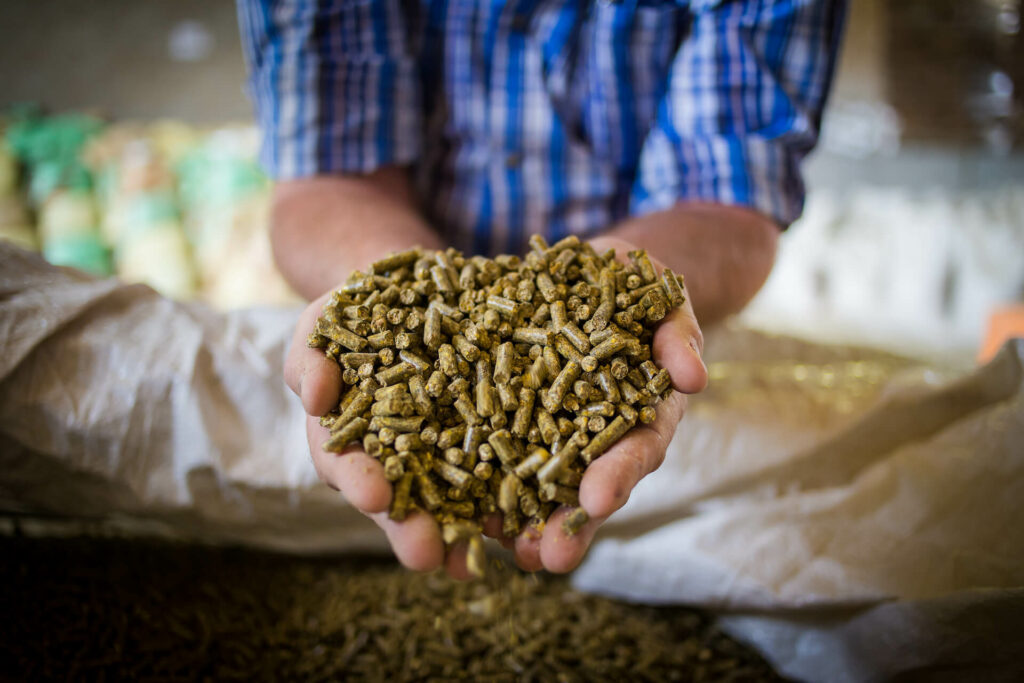
No growth hormone promotants
Organic livestock and animal feed are free from hormone growth promotants (HGPs). Currently, 40% of Australian cattle are treated with HGPs, either through hormonal implants or animal feed. There are several HGPs allowed for use in Australia, including progesterone, testosterone, and other naturally occurring and synthetic steroids.4 HGPs increase the rate at which animal muscle grows by about 10-30%.5 Through increased growth, conventional animals reach slaughter weight faster, which results in leaner animals with less tasteful meat.
Diethylstilbestrol (DES) is a synthetic form of female estrogen with the potential to remain hormonally active in meat. DES is an endocrine disrupter (affects the way your body’s hormones work) and carcinogenic (can cause cancer in humans), hence the concern about the safety of HGPs4. The European Union (EU) has implemented a full ban on all HGPs within livestock production as a preventative measure.
No antibiotics
Over 75% of the world’s antibiotics use is for livestock – primarily as a substitute for good nutrition and hygiene in livestock production.6 Antibiotics are given both as treatment for infections and in a low concentration as a growth promotant. Antibiotics kill gut bacteria and enhance animal growth,7 and are not allowed within organic production. Low concentrations (subtherapeutic) of antibiotics in feed have been shown to increase livestock growth by 10-20%. However, they can also promote antibiotic resistance and leave residues in meat.8
Within organic farming and production, there is no need for antibiotics. Organic livestock production is less intensive than non-organic. With lower stocking densities for livestock (the number of animals per hectare), animals are free-range in open spaces, reducing the risk of disease and infection. Should an organic animal eat feed containing antibiotics, it renders them no longer organic.
Antibiotic-resistant bacteria have also been shown to evolve under beef feedlot conditions and can be readily transferred to farmland soils with potentially significant implications for human and animal health. A study by the University of New England found that fresh feedlot manure contained alarmingly high populations of antibiotic-resistant bacteria which remained in the soils treated with the same manure.9
The World Health Organization (WHO) has declared antibiotic resistance as one of the biggest threats to health, food security, and global development, raising awareness through their annual ‘World Antimicrobial Awareness Week’ campaign.10
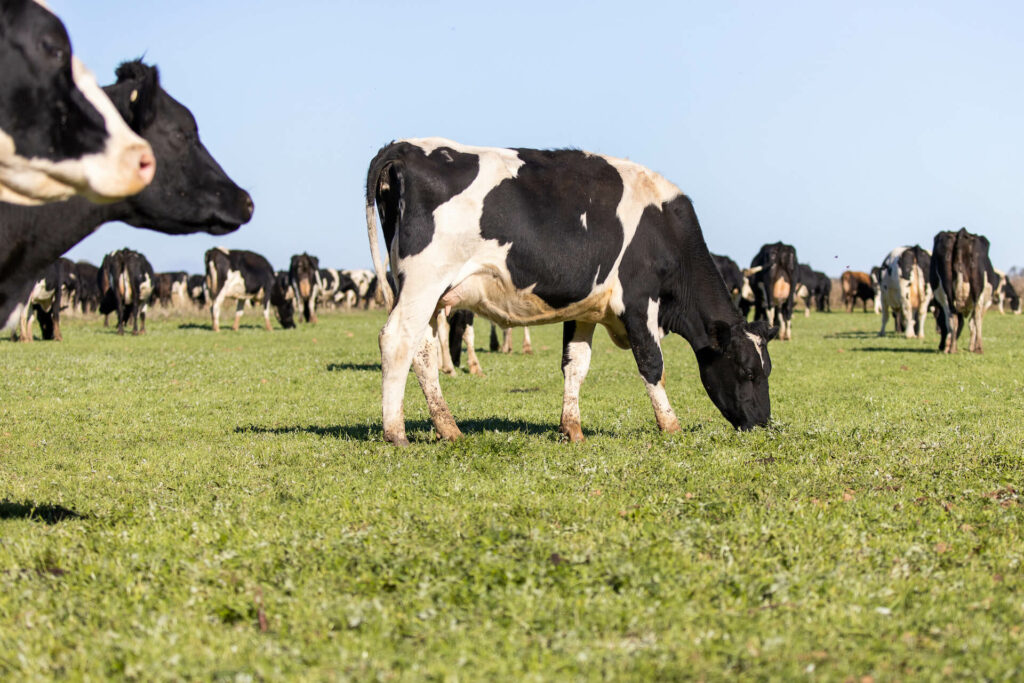
GMOs are prohibited
Increasingly referred to as ‘genetic engineering’, over 70% of genetically modified (GM) crops are produced for the use of animal feed. It is important to understand that GMO crops are typically grown for the following reasons:
- Herbicide tolerance, where a plant can be sprayed directly with a synthetic chemical pesticide and survive.
- Insecticide production, where a plant produces the Bt (Bacillus thuringiensis) toxin so that if an insect eats any part of the plant it will die.
A long-term side-by-side study in 2013 found that pigs that consumed GMO feed in their diet had a higher rate of stomach inflammation than pigs that did not consume GMO feed, and that GMO feed is linked to digestive and reproduction problems within livestock. 11
GMOs are not allowed within organic animal feed, so the only way to be certain your animals aren’t consuming GMOs is to choose organic!
Why is organic animal feed more expensive than non-organic animal feeds?
There are several reasons behind the price difference between organic and non-organic animal feed. Firstly, organic farmers pay additional organic certification and audit fees to prove that they conform to strict organic standards. It is not only farmers that must be verified. Processors, handlers, and the whole supply chain from the soil to the animal’s mouth must also be verified to the same standards.
Secondly, due to the lack of synthetic herbicides and pesticides used within organic farming, there can be increased weed and pest competition for organic crops. This additional pest and disease pressure may result in the increased loss of crops, require more manual labour, and therefore increase overall costs. Allowed inputs in organic production such as organic-approved fertilisers can also cost more than non-organic equivalents.
These additional costs make their way through the organic production chain and are incorporated into the sale price of animal feed and of organic meat.
Why trust certified organic?
Organic principles include the whole life cycle of an animal including its diet. When you buy certified organic meat products, you can rest assured that not only has the animal experienced the highest standard of animal welfare, it has also been fed quality organic animal feed – free from GMOs, hormones, antibiotics and synthetic pesticides.
Remember to always look for an organic certification logo, such as the Australian Certified Organic Bud logo, when buying your organic animal feed to make sure it is authentically organic.
Want to learn more?
Check out these other articles:
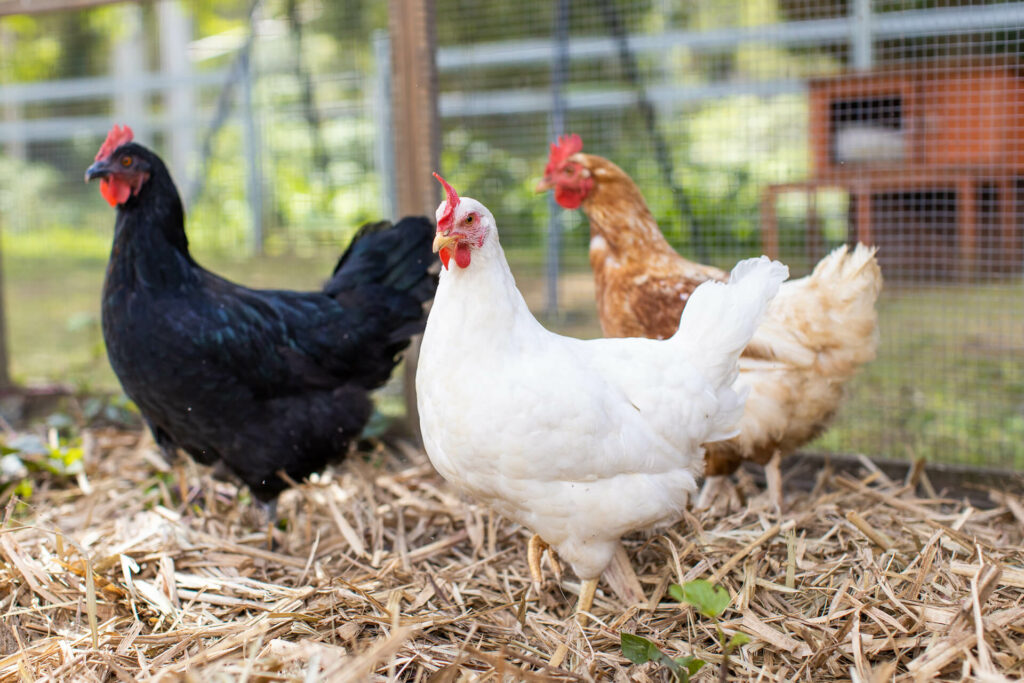
Image credits – Images 1 and 2: Shutterstock, Images 3 and 4: Louise Wright
References
1Chai, R., Ye, X., Ma, C. et al. (2019) Greenhouse gas emissions from synthetic nitrogen manufacture and fertilization for main upland crops in China. Carbon Balance Manage 14, 20.https://doi.org/10.1186/s13021-019-0133-9
2Buckland K, Reeve JR, Alston D, Nischwitz C & Drost D (2013) Effects of nitrogen fertility and crop rotation on onion growth and yield, thrips densities, Iris yellow spot virus and soil properties. Agriculture, Ecosystems & Environment 177: 63–74.
3Gaughan JB, Kreikemeier WM, Mader TL (2005) Hormonal growth-promotant effects on grain-fed cattle under different environments.International Journal of Biometeorology 49, 396–402. doi:10.1007/s00484-005-0254-6Gorman
4Lean, Ian. (2013). Effects of retailer pressure on the efficiency of agricultural industries. Animal Production Science. 53. 1143. 10.1071/AN13178.
5Hunter A (2010) Hormonal growth promotant use in the Australian beef industry. Animal Production Science 50, 637–659. doi:10.1071/AN09120Kastner
6Van Boeckel, T.P., Glennon, E.E., Chen, D., Gilbert, M., Robinson, T.P., Grenfell, B.T., Levin, S.A., Bonhoeffer, S. and Laxminarayan, R., 2017. Reducing antimicrobial use in food animals. Science, 357(6358), pp.1350-1352.
7Collier, H. R., & Anderson C.T. (2006). Antibiotics As Growth Promotants: Mode of Action. Animal Biotechnology 13 (1), p. 13. Retrieved from: http://nla.gov.au/nla.news-article131650786
8World Health Organisation (2018). Antimicrobial resistance in the food chain. [Fact Sheet] Retrieved from: https://www.who.int/news-room/fact-sheets/detail/antimicrobial-resistance
9UNE 2022 https://www.une.edu.au/connect/news/2022/01/feedlots-may-be-contributing-to-antibiotic-resistance
10World Health Organisation (2020). Antibiotic resistance [Web Page] Retrieved from: https://www.who.int/news-room/fact-sheets/detail/antibiotic-resistance
11Carman, J. A., Vlieger, H. R., Ver Steeg, L. J., Sneller, V. E., Robinson, G. W., Clinch-Jones, C. A., … & Edwards, J. W. (2013). A long-term toxicology study on pigs fed a combined genetically modified (GM) soy and GM maize diet. J Org Syst, 8(1), 38-54.
Other References:
Graham, J. P., Boland, J. J., & Silbergeld, E. (2007). Growth promoting antibiotics in food animal production: an economic analysis. Public health reports (Washington, D.C. : 1974), 122(1), 79–87. https://doi.org/10.1177/003335490712200111
Malik MF, Nawaz M, Ellington J, Sanderson R & El-Heneidy AH (2009) Effect of different nitrogen regimes on onion thrips, Thrips tabaci Lindemann, on onions, Allium cepa L. Southwestern Entomologist 34: 219–225.
Van Eenennaam, A.L. (2013) GMOs in animal agriculture: time to consider both costs and benefits in regulatory evaluations. J Animal Sci Biotechnol 4, 37. https://doi.org/10.1186/2049-1891-4-37
Watson RA (2008) Meta-analysis of the published effects of HGP use on beef palatability in steers as measured by objective and sensory testing. Australian Journal of Experimental Agriculture 48, 1425–1433.doi:10.1071/EA07174FAnimal Production Science I. J. Lean www.publish.csiro.au/journals/an
